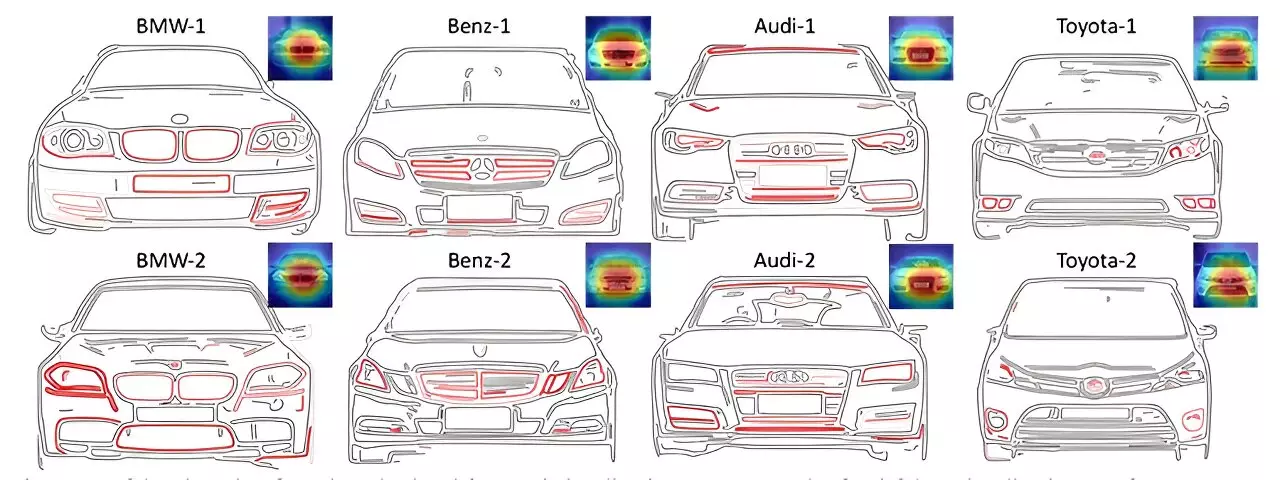Brand consistency plays a crucial role in product design as it directly relates to a company’s success and profitability. Designing a product that not only stands out but also embodies the essence of a brand is a challenge, particularly for companies that release new models annually. To address this challenge, researchers at Carnegie Mellon University have introduced a fully automated deep learning architecture called BIGNet (Brand Identification Graph Neural Network). BIGNet is trained using SVG images and can identify visual brand-related features, making it a valuable tool for product designers.
Traditionally, product designers relied on their own rules and intuition to extract style-related features. However, articulating and transferring these rules across different product lines proved to be challenging. BIGNet offers a solution by automatically extracting style-related features using machine learning. By analyzing thousands of curves on the product image, BIGNet can identify visual brand consistencies. This technology significantly reduces the time required by domain experts to understand the brand’s essence and style.
To test the effectiveness of BIGNet, the research team evaluated its performance on different products, including popular cell phone brands Apple and Samsung. The model achieved a remarkable 100% accuracy rate in differentiating between the two brands. It identified specific features such as screen gaps and camera lens locations that indicated one brand over another. Additionally, BIGNet was tested on 10 automotive brands, accurately identifying Audi, BMW, and Mercedes Benz. This confirms that luxury car manufacturers maintain superior brand consistency compared to economy car brands.
One of the key advantages of BIGNet is its ability to save domain experts significant amounts of time. Companies can now rely less on individuals with decades of experience to understand and articulate the brand’s visual language. By automating the process of brand identification, designers can focus on other critical aspects of product development. BIGNet streamlines the design process, allowing companies to bring new products to market faster and more efficiently.
Currently, BIGNet is implemented using 2-dimensional straight-on images. However, the researchers are eager to explore the potential of 3D imaging and further develop the model’s capabilities. The goal is to not only identify brand identity but also to recognize other unique details that differentiate products, such as differentiating between a “muscle” car and a “sporty” car. The versatility and adaptability of BIGNet present exciting possibilities for future applications in product design.
The introduction of BIGNet as a fully automated deep learning architecture marks an important advancement in brand consistency and product design. By utilizing machine learning, BIGNet can identify visual brand-related features, saving significant time and resources for companies. This technology allows designers to create products that stand out while staying true to the brand’s essence. With future developments in 3D imaging and expanded capabilities, BIGNet has the potential to revolutionize the way companies approach product design and brand consistency.


Leave a Reply